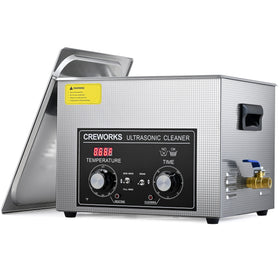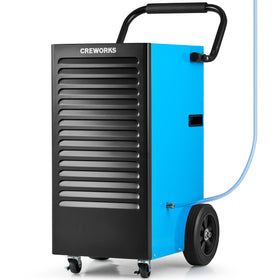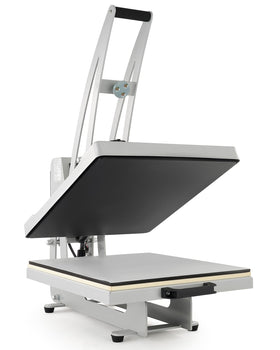With over 10000+ orders
With over 10000+ orders
If you’re in the business of helping humanity recycle copper by stripping it from used wires, no question is as important as “How to strip electrical wire for recycling?”. That is, in a way that gets you to spend less, sweat less, yet puts more money in your pocket.
If you’re new in the recycling business, not only does scrapping copper wire help get rid of waste but it can also put big bucks in your wallet. In this full guide, we will show you how to strip electrical wire for recycling effectively, so you can make the most money off your scrap.

Preparation is everything before jumping into the stripping process. As you might guess, this initial part of the process will affect the level at which you operate as well as your safety. And ultimately, it dictates how good (price-wise) recovered copper material can be sold.
Prioritize personal protection when handling electrical wires. Wear cut-resistant gloves to guard against sharp wire ends and stripping tools. Safety glasses shield your eyes from flying debris, while a dust mask prevents inhalation of fine particles.
For larger operations, consider investing in a well-ventilated workspace or portable fume extractor to manage any potentially harmful vapors from wire insulation.
Effective wire sorting streamlines the stripping process and maximizes profit. Separate wires by gauge, insulation type, and metal content. Thicker gauge wires often yield more copper and may warrant extra time for careful stripping.
Group wires with similar insulation types together, as they'll likely require the same stripping technique. Pay special attention to identifying any aluminum wires, which have a lower scrap value than copper and should be processed separately.
While automated solutions excel for large-scale operations, manual wire stripping tools offer precision and versatility for smaller batches or specialized wires. Understanding the right tools and techniques can significantly boost your efficiency.
Mastering efficient manual stripping techniques can dramatically increase your productivity. For straight wires, use a smooth pulling motion with your stripper, maintaining consistent pressure to avoid damaging the copper. When dealing with coiled wire, straighten short sections before stripping to improve accuracy and speed.
Consider using a "double-strip" technique for wires with tough insulation. Make two parallel cuts along the wire length, then remove the insulation strip between them. This method often proves faster than trying to pull off stubborn insulation in one go.
For very fine gauge wires, where traditional strippers might cause damage, try the "roll and pull" method. Gently roll the wire under the flat edge of a utility knife to score the insulation, then carefully pull it away from the copper core.

For those dealing with moderate volumes of wire, this CREWORKS Manual Wire Stripping Machine offers an excellent balance between hand tools and fully automated systems.
This bench-mounted device significantly increases stripping speed and consistency while still providing hands-on control.
This manual machine can dramatically boost your stripping output compared to handheld tools, making it an ideal choice for serious recyclers or small-scale operations looking to increase efficiency.
When processing large volumes of wire or tackling recycling as a serious business venture, automated wire stripping machines become indispensable. These devices offer unparalleled speed and consistency, maximizing your scrap value while minimizing labor costs.
This automatic wire stripper from CREWORKS demonstrates the power of automation for wire recycling. This is a machine perfect for recycling applications combined with excellent speed, accuracy, and versatility.
It’s one thing to recover scrap copper from used wires. It’s quite another to do it well and thus command the best prices. Well, we hope this guide has illuminated how to strip electrical wire for recycling. But you want to know the true worth of the wires you’re recycling, right?
This is crucial for maximizing your recycling profits. The key lies not just in efficient stripping, but also in knowing how much copper wire is worth in various forms and conditions.
Unstripped copper wire typically fetches significantly lower prices compared to clean, stripped copper. The reason is simple: insulation adds weight without value, and recyclers must factor in the cost and effort of stripping.
On average, unstripped wire may sell for 8.77% less than its stripped counterpart as seen below.
However, the exact price difference depends on several factors:
Stripped copper wire commands premium prices in the scrap market. The value depends on several factors:
On the scrap market, stripped copper wire can usually fetch up to $3 per pound as of 2024. Verify the latest rates for extra accuracy.

If you are in the waste wire recycling business, then an efficient copper wire stripping machine will be great for getting all those electric wires out from their plastic cases. The range of these devices varies from simple hand-cranked models to capable automatic systems. Here's what to consider:
This CREWORKS Automatic Wire Stripper, for instance, has a nice collection of features that work well with the majority of use cases:
Stripping the wire to recycle requires expertise, workmanship, and accurate tools. We at CREWORKS know just how real these needs are. That’s why all of our wire-stripping machines can process a range of cables and wires, from our dependable manual wire strippers to automatic ones with large appetites.
Looking to increase your recycling game? Learn more about our line of wire strippers for recycling operations and find the perfect combination of speed, quality, and versatility today with CREWORKS!












Leave a comment